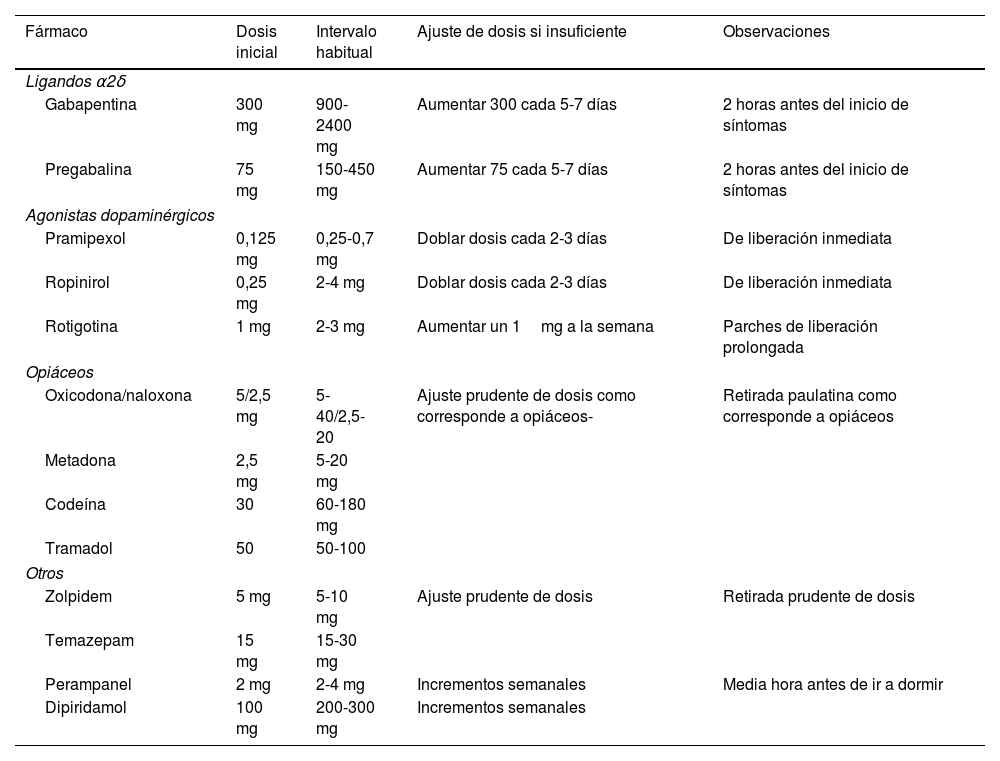El síndrome de piernas inquietas es el trastorno del movimiento durante el sueño más prevalente, afectando al 5-10% de la población. Se caracteriza por una necesidad imperiosa de moverse que aparece o se exacerba durante el reposo, principalmente en extremidades inferiores, que se presenta por la tarde o noche y desaparece o mejora con el movimiento. Genera un gran impacto sobre la calidad del sueño, estado de ánimo, y finalmente a la calidad de vida.
Su fisiopatología implica la confluencia de factores genéticos, ambientales y comorbilidades que generan alteraciones del hierro cerebral que condiciona una disfunción del tono dopaminérgico, así como del glutamato y adenosina.
Su tratamiento se basa en la suplementación con hierro y tratamiento sintomático, clásicamente basado en fármacos dopaminérgicos, cuyo uso a largo plazo puede producir un agravamiento de los síntomas que lo ha relegado a una segunda línea tras los ligandos α2δ de canales de calcio.
Restless legs syndrome is the most prevalent sleep-related movement disorder, affecting 5-10% of the population, characterized by an urge to move that appears during rest or is exacerbated by rest, primarily in the lower extremities, that occurs in the evening or night and that disappears during movement or is improved by movement. Restless legs syndrome significantly impacts sleep, mood, and quality of life.
Its pathophysiology involves a complex interplay of genetic and environmental factors, as well as comorbidities, leading to alterations in brain iron resulting in dysfunction in dopaminergic, adenosine, and glutamatergic pathways.
Treatment typically includes iron supplementation and symptomatic therapy, traditionally utilizing dopamine agonists. However, their long-term use may exacerbate symptoms, relegating them to second-line treatment after ligands α2δ of calcium channels.












